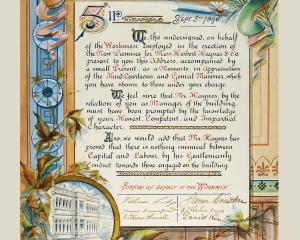
The nebula, discovered in January 1868 by the German astronomer Friedrich Winnecke, can be found in the southern constellation of Fornax. Its faint blue oval of gas is invisible to the naked eye but can be glimpsed through small telescopes. It is more than 1500 light years from our solar system and has a diameter exceeding three light years.
Astronomers classify the Robin’s Egg as a planetary nebula.

In truth, planetary nebulae are the cosmic swan songs of dying stars similar to our sun, formed during the final stages of a star’s life.
After billions of years of burning hydrogen at their cores, these stars eventually deplete their nuclear fuel, triggering a transformative process. Swelling into red giants, they expel their outer layers into space, creating vast, colourful clouds of ionized gas that glow due to radiation from the hot core that remains.
The bright ‘‘star’’ at the heart of the nebula, whose radiation illuminates the surrounding gas, has recently been discovered to be two stars so close together that they cannot be resolved, even with a powerful telescope.
Both stars are thought to be white dwarfs whose densities are more than a million times that of the sun. Put another way, a teaspoon full of white dwarf material would weigh roughly the same as an elephant.
When you look at this nebula, you see what will happen to our star, the sun, in roughly ten billion years. At that time, having exhausted its fuel, it will puff off its outer layers, creating a beautiful vista for astronomers elsewhere in our galaxy to enjoy.












